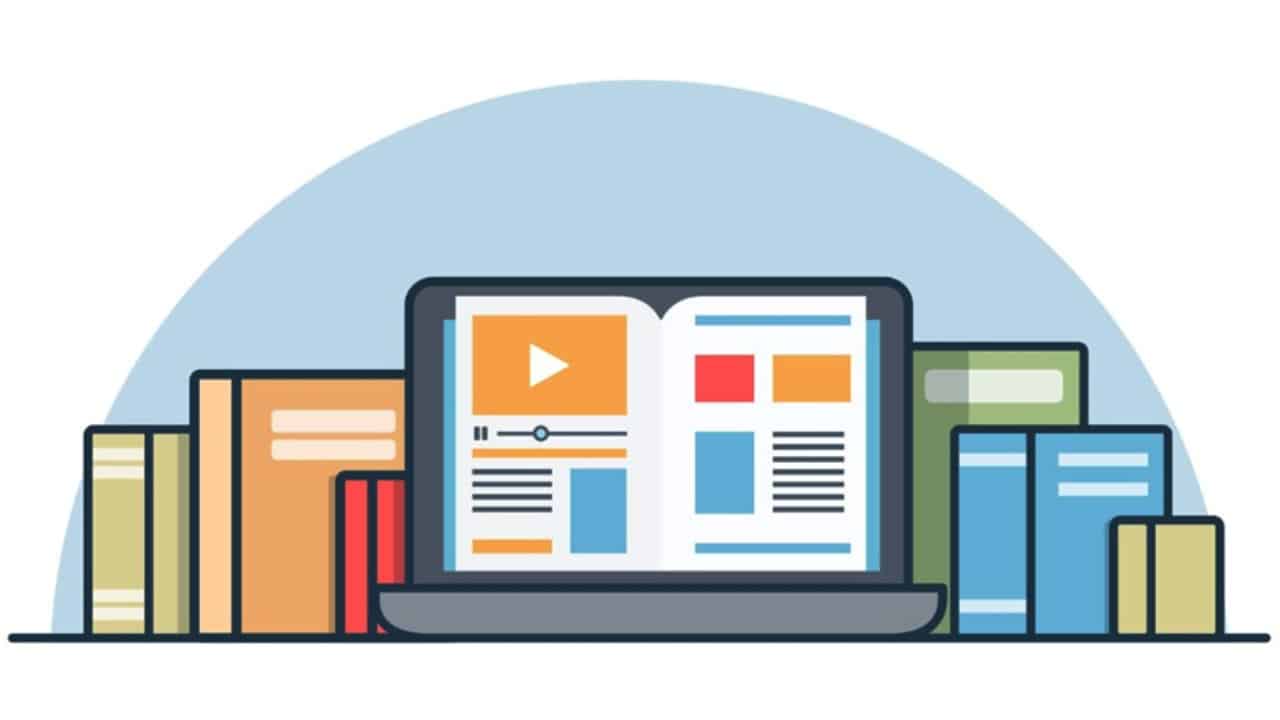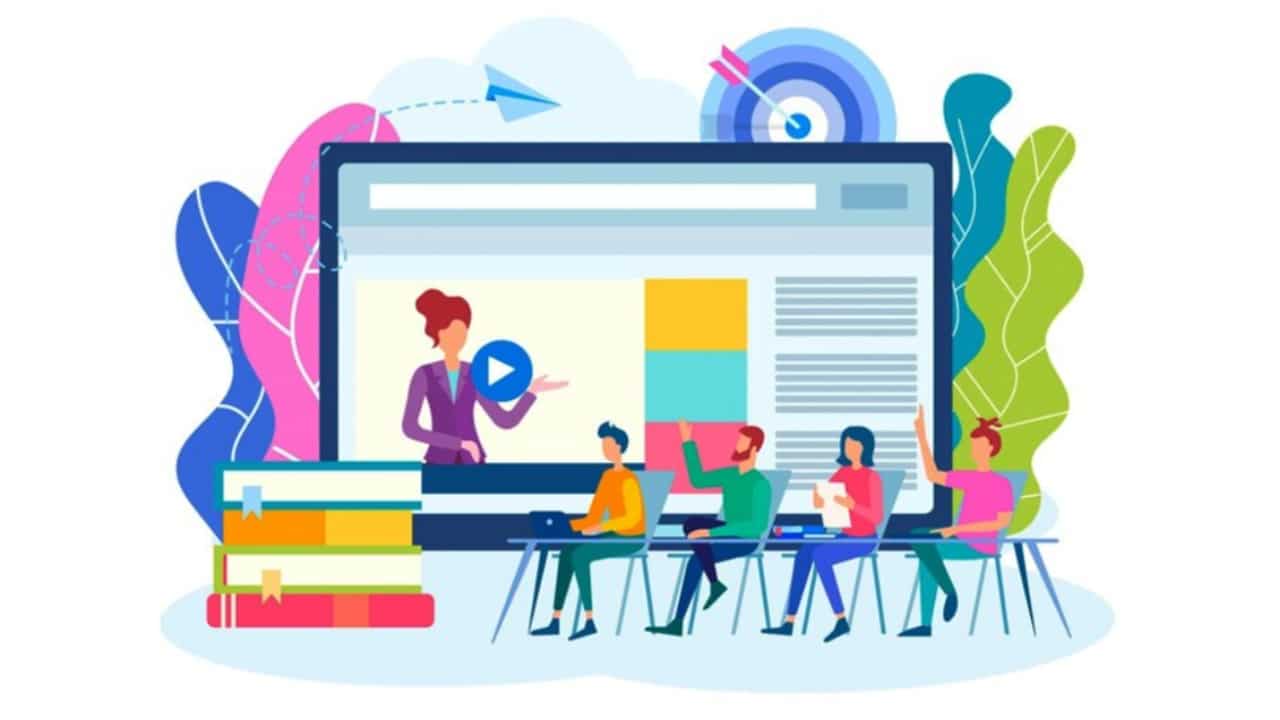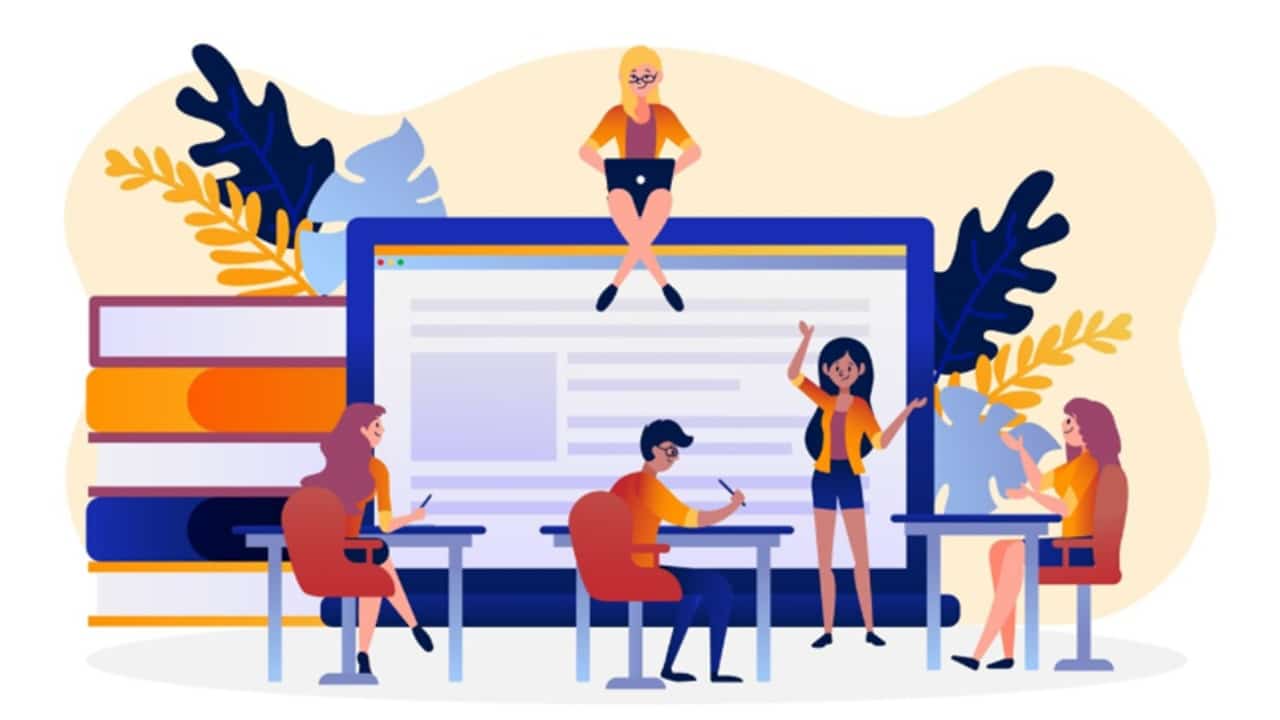The school library is no longer a quiet area full of dusty books on wooden shelves in the changing environment of education. It’s quickly becoming an interactive learning center of collaboration and innovation. As the demand for digital access, personalized learning, and inclusive education grows, schools are looking to reimagine their libraries in creative and innovative ways.. Enter the school digital library — a cutting-edge solution that not only supplements age-old resources but also broadens access to information beyond the physical horizon of a campus.
At the forefront of this transformation is Mintbook, a trailblazer in digital education infrastructure. Mintbook offers smart, scalable solutions to help schools reimagine their libraries, improve learning outcomes, and ensure every student has access to quality content, with or without the internet.
Let’s explore some innovative ideas for school libraries and how Mintbook can power them.
1. Adopt a School Digital Library Model
The old libraries are restricted in terms of space, financing, and access. A school digital library eliminates these obstacles and provides thousands of curation of eBooks, videos, and learning modules available wherever and whenever the student requires. This model will help students encounter more subjects, genres, and formats more easily, to follow different learning styles.
How Mintbook Helps:
Mintbook’s School Digital Library platform is a plug-and-play solution that provides access to a rich repository of multilingual and curriculum-aligned content. From
NCERT textbooks to competitive exam prep, Mintbook’s platform serves students from primary to senior secondary levels — all under a secure, user-friendly interface.

2. Integrate Interactive Learning Tools
Books in and of themselves might not always hold students’ interest. Gamified quizzes, animated lessons, and virtual lab experiments can make learning an interactive experience. An up-to-date school library can be used as a hybrid environment where reading and interactive digital discovery exist side by side.
How Mintbook Helps:
The LMS (Learning Management System) offered by Mintbook offers interactive testing, advancement monitoring, and gamified programs of study. Teachers will be able to look at the performance of students, and they will receive badges and points, which will make education entertaining and encouraging.
3. Enable Offline Access for Low-Connectivity Zones
Poor internet connection is one of the challenges many schools, particularly those located in rural or remote locations, encounter. This limits the effectiveness of most digital tools. An inclusive school digital library must work even in offline environments to ensure no learner is left behind.
How Mintbook Helps:
Mintbook offers offline kiosks and solar-powered digital devices that come preloaded with learning content. These solutions ensure students and teachers can access the school’s digital library even without the internet, making education inclusive and accessible in underserved regions.
4. Create a Reading Culture Through Book Clubs and Digital Story Corners
Reading is something to be enjoyed early. Storytelling, digital reading club, and book review circles are some of the activities that modern school libraries can prepare to encourage peer-to-peer communication and book appreciation. Even reluctant readers can be motivated through story corners, even when they are coupled with digital tools.
How Mintbook Helps:
Mintbook provides a diverse collection of fiction and non-fiction books in regional languages, allowing students to explore beyond textbooks. Its interface enables highlighting, bookmarking, and note-making — essential tools for active reading and discussion.

5. Personalize the Learning Experience
Not all kids learn in the same way. School library services are aimed at the common rule of thumb of one-size-fits-all, which tends to provide productive services to all students. Customized reading recommendations, skill level, and custom-made playlists can be a great change.
How Mintbook Helps:
The built-in AI and analytics capabilities of Mintbook suggest learning content to a student depending on his/her level of study, areas of interest, and their achievements. The platform gives students the capacity to assume command of their own learning process at their own pace.
6. Integrate STEM and Skill Development Modules
The contemporary students require more than the knowledge of the textbook. A future-ready school library must also offer STEM kits, coding lessons and digital modules on communications, financial literacy and problem-solving.
How Mintbook Helps:
Mintbook’s content bank includes STEM-focused content and skill-building modules aligned with the NEP 2020 goals. These resources help schools transition their libraries into holistic learning zones that prepare students for life beyond academics.
7. Track Usage and Learning Outcomes
An innovative school library must have metrics to evaluate its impact. The insights can enable schools to make better resource allocation decisions, sketch better reading programs, and determine students who require intervention.
How Mintbook Helps:
Mintbook platform offers extensive dashboards to monitor the amount of time spent on reading, subjects covered, the level of tests passed, and the content accessed at the grade and demographic level. These revelations assist a teacher with decision-making
8. Make Libraries Multilingual and Inclusive
A digital library in schools should demonstrate linguistic variability and be comprehensive as far as students with disabilities are concerned in multilingual countries such as India. Material written in different languages, audio books, and screens that can be read can also affirm that learning is never curtailed either by speech or by way of capacity.
How Mintbook Helps:
Mintbook has more than 15 Indian and international languages and provides audiobooks, accessibility features such as text-to-speech. This will guarantee that every child no matter the background is given the chance to gain education and develop.
9. Encourage Teacher Collaboration and Custom Content Curation
A progressive school library is not a school library for students alone. The educational resources, teaching tools, and collaboration areas where they exchange their lesson plans or co-design learning sequences are of great use to teachers
How Mintbook Helps:
Teachers can use Mintbook to create assignments, contribute their material, and work along with their colleagues via the central hub. It generates a collaborative learning environment in school.
10. Celebrate Library Days and Reading Challenges Digitally
Organizing themed weeks, reading marathons, or quiz contests can inject excitement into the school library routine. Digital badges, leaderboards, and certificates can further encourage participation.
How Mintbook Helps:
With built-in gamification tools, Mintbook allows schools to conduct online challenges, track participation, and reward achievements. These digital events turn the school library into a vibrant learning playground.
Final Thoughts
With the emergence of digital age in schools, the library of tomorrow is already present, and books are not the only items in it. Contemporary school library has a mixed form: it combines physical infrastructure and intelligent digital technologies, personalized materials, and universal access. It evolves from a passive reading space into an active knowledge center.
With a 360-degree approach, Mintbook is enabling hundreds of schools in India to switch to the digital platform (with one source of truth, cloud-based school digital library platforms, offline kiosks, and vernacular content) easily.
When you are a school leader, educator, or a parent in need of updating the experience offered to the students at your school, Mintbook delivers the resources and know-how to get the project done. The future of learning is digital, inclusive, and student-first — and it starts at the library.
Explore Mintbook’s School Digital Library Solutions Today. Visit www.mintbook.com to schedule a demo or learn more.

